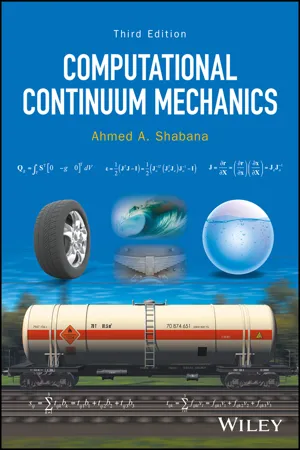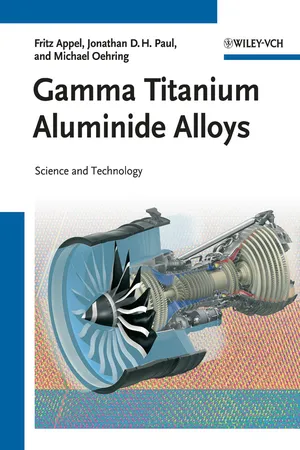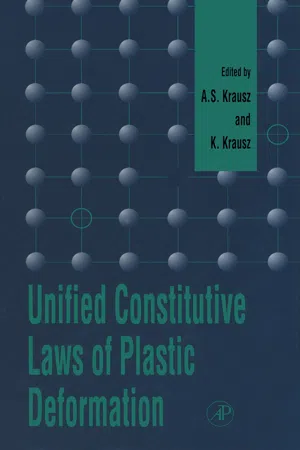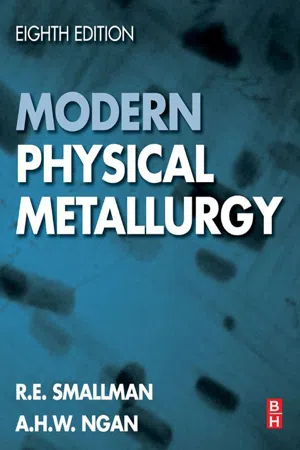Technology & Engineering
Kinematic Hardening
Kinematic hardening is a type of material hardening that occurs due to plastic deformation. It is a result of the movement of dislocations within the material, which causes the material to become stronger and more resistant to further deformation. This type of hardening is commonly observed in metals and alloys.
Written by Perlego with AI-assistance
Related key terms
Related key terms
1 of 4
Related key terms
1 of 3
4 Key excerpts on "Kinematic Hardening"
- eBook - ePub
- Ahmed A. Shabana(Author)
- 2018(Publication Date)
- Wiley(Publisher)
CHAPTER 8 PLASTICITY FORMULATIONSThe analysis of plastic deformation is important in many engineering applications including crashworthiness, impact analysis, manufacturing problems, among many others. When materials undergo plastic deformations, permanent strains are developed when the load is removed. Many materials exhibit elastic–plastic behaviors, that is, the material exhibits elastic behavior up to a certain stress limit called the yield strength after which plastic deformation occurs. If the stress of elastic–plastic materials depends on the strain rate, one has a rate-dependent material; otherwise, the material is called rate independent. In the classical plasticity analysis of solids, a nonunique stress–strain relationship that is independent of the rate of loading but does depend on the loading sequence is used (Zienkiewicz and Taylor, 2000). In rate-dependent plasticity, on the other hand, the stress–strain relationship depends on the rate of the loading.The yield strength of elastic–plastic materials can increase after the initial yield. This phenomenon is known as strain hardening. In the theory of plasticity, there are two types of strain hardening: isotropic and Kinematic Hardening. In the case of isotropic hardening, the yield strength changes as the result of the plastic deformation. In the case of Kinematic Hardening, on the other hand, the center of the yield surface experiences a motion in the direction of the plastic flow. The Kinematic Hardening behavior is closely related to a phenomenon known as the Bauschinger effect - eBook - ePub
Gamma Titanium Aluminide Alloys
Science and Technology
- Fritz Appel, Jonathan David Heaton Paul, Michael Oehring(Authors)
- 2011(Publication Date)
- Wiley-VCH(Publisher)
Compared with the large amount of mechanical data, little information is available about the work hardening of TiAl alloys. This is certainly in part due to the brittleness of the material, which persists up to relatively high temperatures. However, in compression it is possible to produce work hardening over large plastic strains, which provides a significant potential to strengthen the material. The competitive processes to work hardening are recovery and recrystallization. Thus, the rate at which the material hardens depends on the imparted mechanical strain energy and its release by diffusion-assisted processes. Taken together, these factors lead to a complex dependence of the work hardening on temperature. From the technical point of view work hardening is important because it is involved in various metallurgical processes, such as forming, shaping, diffusion bonding, and surface hardening. For all these processes detailed knowledge about the deformation-induced defect structures and their thermal stability is required. The available information about this subject will be assessed in the following sections.7.2.1 Work-Hardening PhenomenaWork-hardening mechanisms will be characterized in terms of glide obstacles controlling the velocity and the slip path of the dislocations, analogous to the procedure that has been described in Section 6.4. Within this approach the flow stress σ (ε) beyond yielding may be described as [25](7.3)ΔG is the Gibbs free energy of activation, k the Boltzmann constant and M T the Taylor factor. σ 0 represents a stress contribution from dislocation mechanisms operating at the onset of yielding and is considered to be independent of strain ε. Micromechanisms associated with σ0 have been discussed in Section 6.4.σμ(ε) is an athermal stress contribution to work hardening representing long-range dislocation interactions. σ *(ε) is an effective or thermal stress component due to thermally assisted overcoming of deformation induced short-range glide obstacles. V D (ε) and ΔF D - eBook - ePub
- A. S. Krausz, K. Krausz(Authors)
- 1996(Publication Date)
- Academic Press(Publisher)
not thermally activated, and is therefore outside the scope of the deformation kinetics theory. However—and this is significant—deformation kinetics provides the rigorous, exact, method for the measurement of the process. As noted, theoretical and empirical descriptions other than thermal activation concepts were also developed.As a first approximation, the change in the effective stress is defined asand the internal stress is defined with the work-hardening coefficient H as the function of the strain. At small strain it reduces to(16)It was shown that the resultant rate constant is not of the simple form that would follow from relation (16), but the simplicity of the expression often makes its use preferable. The strain rate is then expressed asThis relation is only a simplified form of an average effect; the physical processes and the distribution of the defect structure are complex. The resultant rate constant is not of the simple form that would follow from the σinternal = H ε relation. Nevertheless, this expression is often used for the benefits afforded by its simplicity. In the high-temperature region, time-dependent recovery processes are also affecting the internal stress by reducing the internal stress field.The change in the flow unit density ρ expressed in the pre-exponential factor is a complex of thermally activated and other processes. The effect may be negligible because ρ is in the pre-exponential factor; or it may be decisive for the validity of the model, as for instance in the description of the yield drop effect. Model building is not a trivial exercise; there is no template—not even a blueprint—but guidance is provided with the theory within a well-defined system. Only a thorough understanding of the theory of the constitutive laws combined with microstructural consideration leads to appropriate descriptions. The definition of the flow unit density change depends on the character of the process. For example, direct and indirect dislocation density measurements indicate that ρ can be considered as the function of the stress or as the function of the strain. For the description of these functional relations, empirical equations are convenient, and theoretical models of greater complexity were also developed. The effect of structural changes on the geometric factor α is usually negligible. Small variations of the microstructure do not change the kinetics of the process; large structural changes, however, drastically alter the mechanism and with it the kinetics. - eBook - ePub
- R. E. Smallman, A.H.W. Ngan(Authors)
- 2013(Publication Date)
- Butterworth-Heinemann(Publisher)
Of these many changes in properties, perhaps the most outstanding are those that occur in the mechanical properties; the yield stress of mild steel, for example, may be raised by cold work from 170 up to 1050 MN m −2. Such changes in mechanical properties are, of course, of interest theoretically, but they are also of great importance in industrial practice. This is because the rate at which the material hardens during deformation influences both the power required and the method of working in the various shaping operations, while the magnitude of the hardness introduced governs the frequency with which the component must be annealed (always an expensive operation) to enable further working to be continued. Since plastic flow occurs by a dislocation mechanism the fact that work hardening occurs means that it becomes difficult for dislocations to move as the strain increases. All theories of work hardening depend on this assumption, and the basic idea of hardening, put forward by Taylor in 1934, is that some dislocations become ‘stuck’ inside the crystal and act as sources of internal stress which oppose the motion of other gliding dislocations. One simple way in which two dislocations could become stuck is by elastic interaction. Thus, two parallel edge dislocations of opposite sign moving on parallel slip planes in any sub-grain may become stuck, as a result of the interaction discussed in Chapter 4. Taylor assumed that dislocations become stuck after travelling an average distance, L, while the density of dislocations reaches ρ, i.e. work hardening is due to the dislocations getting in each other’s way. The flow stress is then the stress necessary to move a dislocation in the stress field of those dislocations surrounding it
Index pages curate the most relevant extracts from our library of academic textbooks. They’ve been created using an in-house natural language model (NLM), each adding context and meaning to key research topics.
Explore more topic indexes
Explore more topic indexes
1 of 6
Explore more topic indexes
1 of 4



